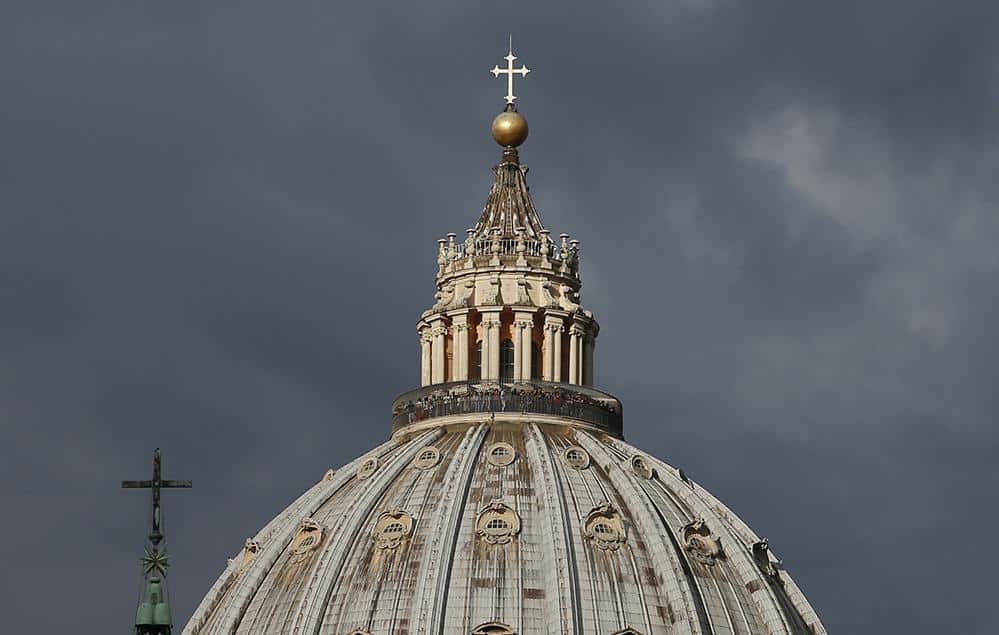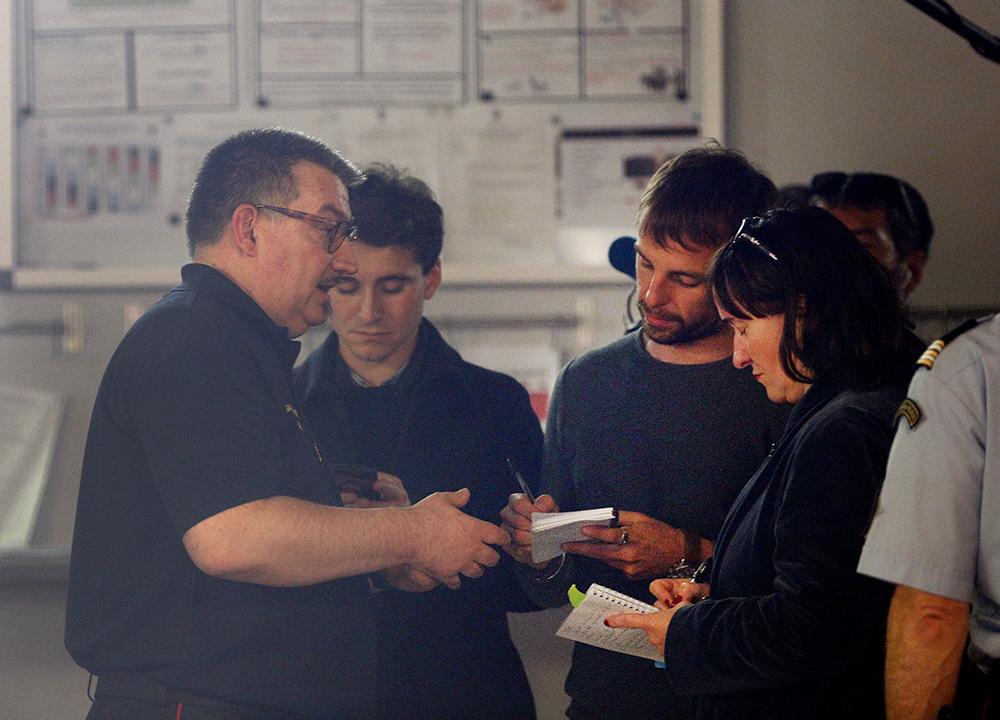Once upon a time, the Byles family, with Irish origins, lived in England. One son, Thomas, remained in England and was ordained a priest. The other, William, emigrated to New York.
In time, William was engaged to be married, and he wished for his brother to travel from England to officiate at his wedding.
So, plans were made for Father Byles to cross the ocean on the great luxury liner, the Titanic. He was one of three priests aboard the ship when it sank in the mid-Atlantic on April 15, 1912. The priests were among over 1,500 persons who went down with the ship.
One survivor recalled seeing Father Byles as he knelt in the middle of a group of passengers, leading them in the Rosary. Another survivor remembered an Austrian Benedictine monk, Father Josef Benedickt Peruschitz, moving among the many, many passengers who were from Central Europe, offering to hear their confessions in German. Father Juozas Montvila, a Lithuanian priest escaping czarist Russian persecution at home, consoled the doomed.
The loss of the Titanic long ago became a legend. At the time, it was the largest ship afloat, the largest machine ever built by human hands. Also, it was the grandest ship on the high seas. Its cuisine was of the finest gourmet quality. Its accommodations were spacious and luxurious.
These much-publicized creature comforts were available to first class passengers, who paid upwards of $84,000 in today’s money for a one-way ticket. News reports of the ship’s sinking almost exclusively concentrated on the high and mighty who were aboard.
Actually, the great majority of the passengers on the “Titanic” when it sank were not high and mighty. The majority of its people paid very little for passage, and while they travelled in conditions that were clean and tidy, they were served lamb stew and Guinness while the people in first class were offered the very best of prime cuts of beef, along with the finest French wines.
No count was kept insofar as religion was concerned, but very, very many of the immigrants on board were Catholics. According to survivors, several Masses were celebrated on the morning of the last day, and many people attended.
The full story of the Titanic brings two points to mind.
Catholic priests do not enjoy the best image today, but despite the wrongs committed and now exposed, the history of the priesthood contains the names of so many more heroes than villains. Look at the priests aboard the Titanic. Multiply them and their courage and dedication to God’s people, even at risk of their own lives, literally by the millions over centuries.
Secondly, from the beginning, when poor English men and women stepped ashore at what became Jamestown, Virginia, in 1604, America has attracted persons who want something better than struggling to live from one day to the next.
The refugees aboard the Mayflower in 1620 were fleeing persecution. So were the Catholics who came to found Maryland.
This history inspired the United States to make hundreds upon hundreds of provisions to receive “DPs,” Displaced Persons, after World War II. Likewise, this country took bold steps to make way for Hungarians 60 years ago in flight from Russian conquest of their country, and Vietnamese in similar desperation a few decades ago.
Think about the priests and immigrants aboard the Titanic. Think about the glory of our Church, and of its priests. Think about the history of America and how it has been a haven. This is who we are.
Msgr. Owen F. Campion is OSV’s chaplain.







